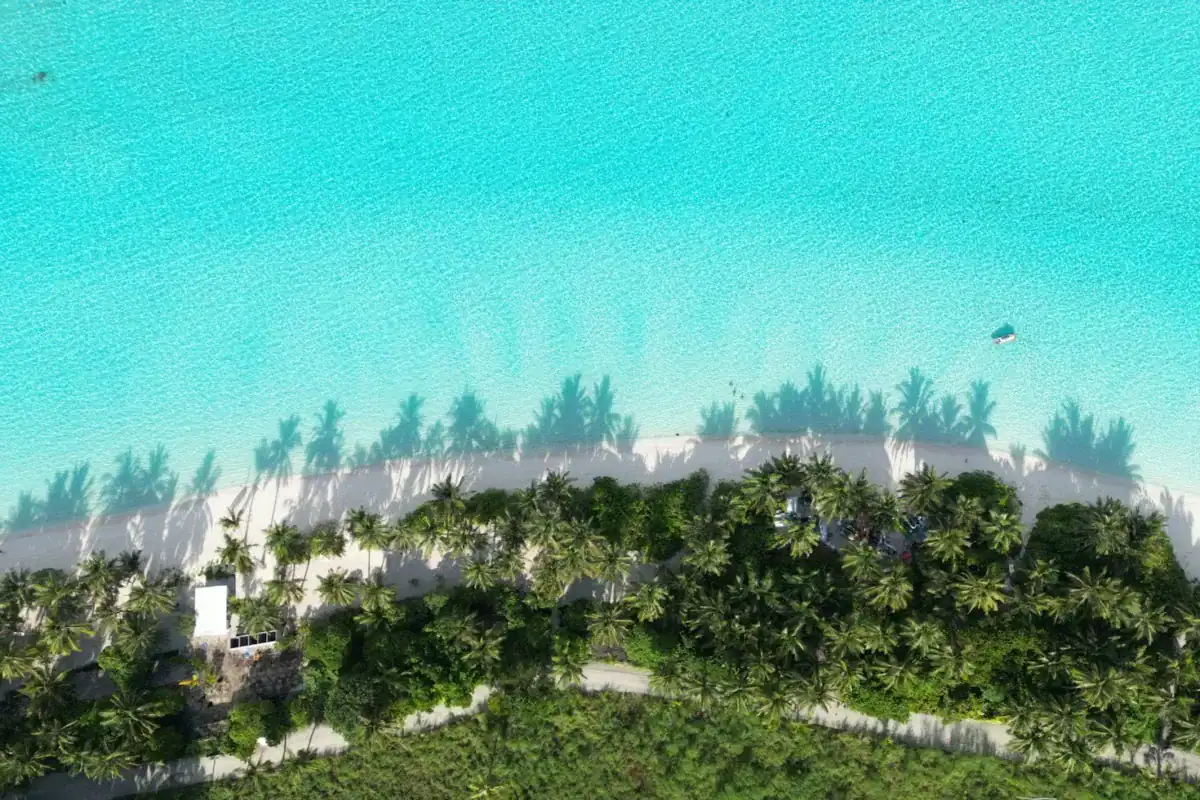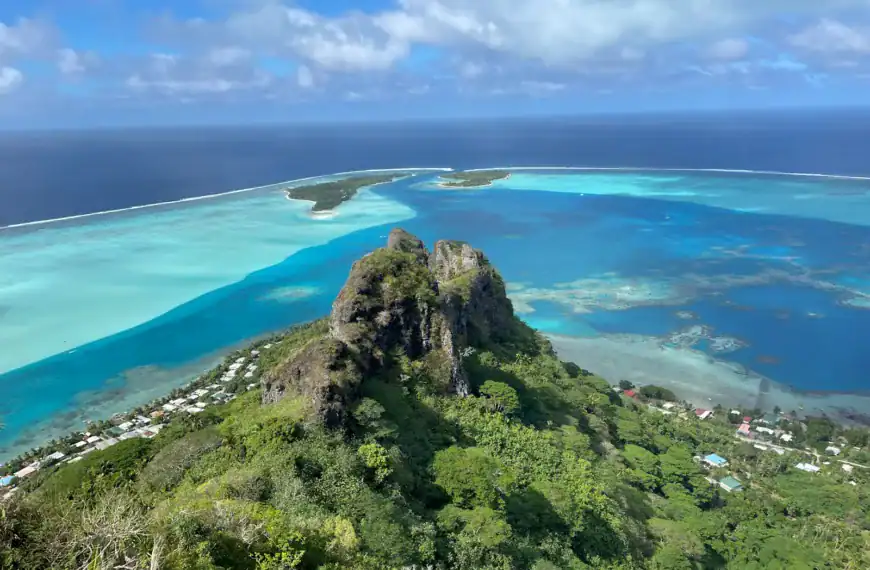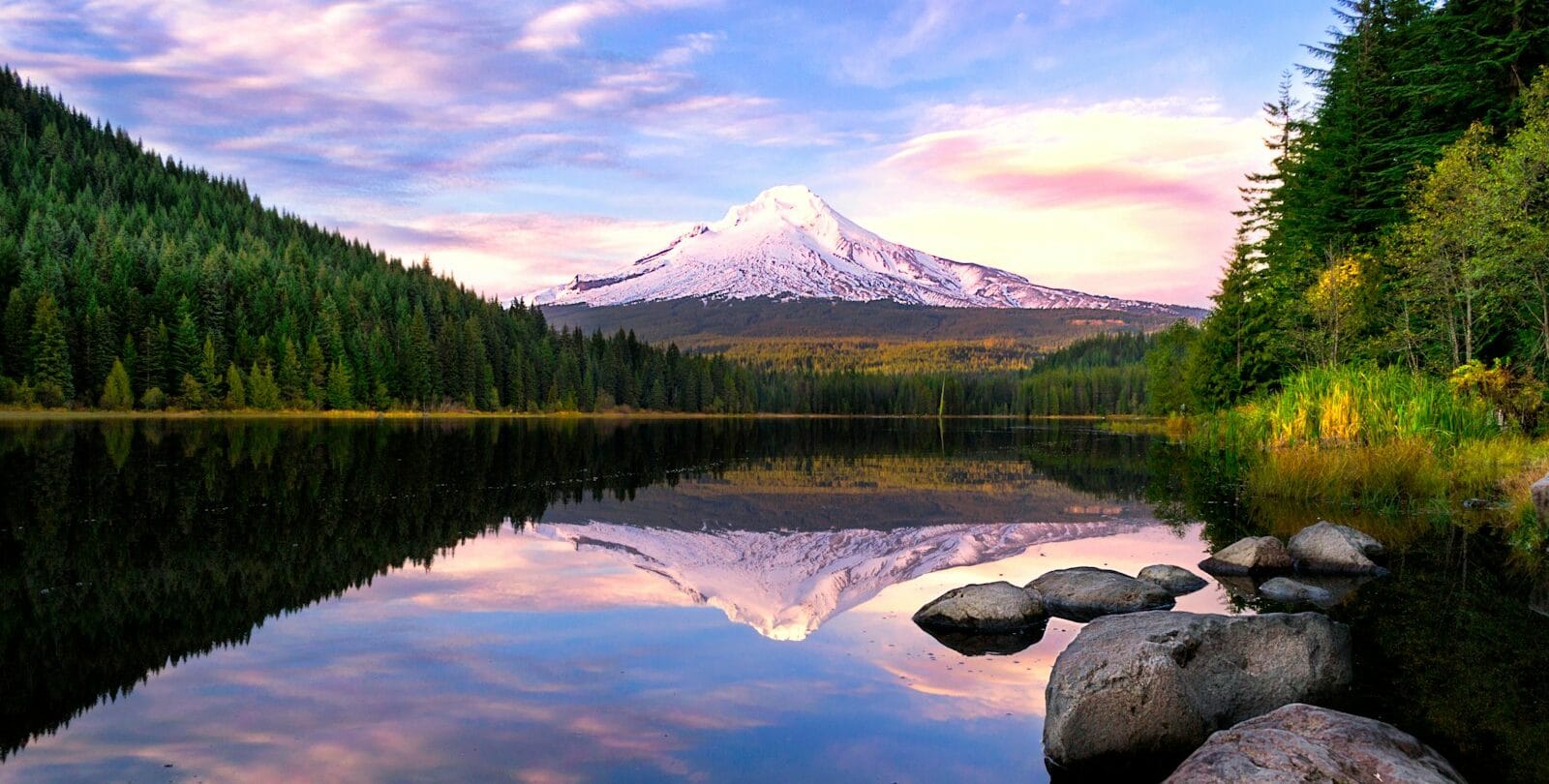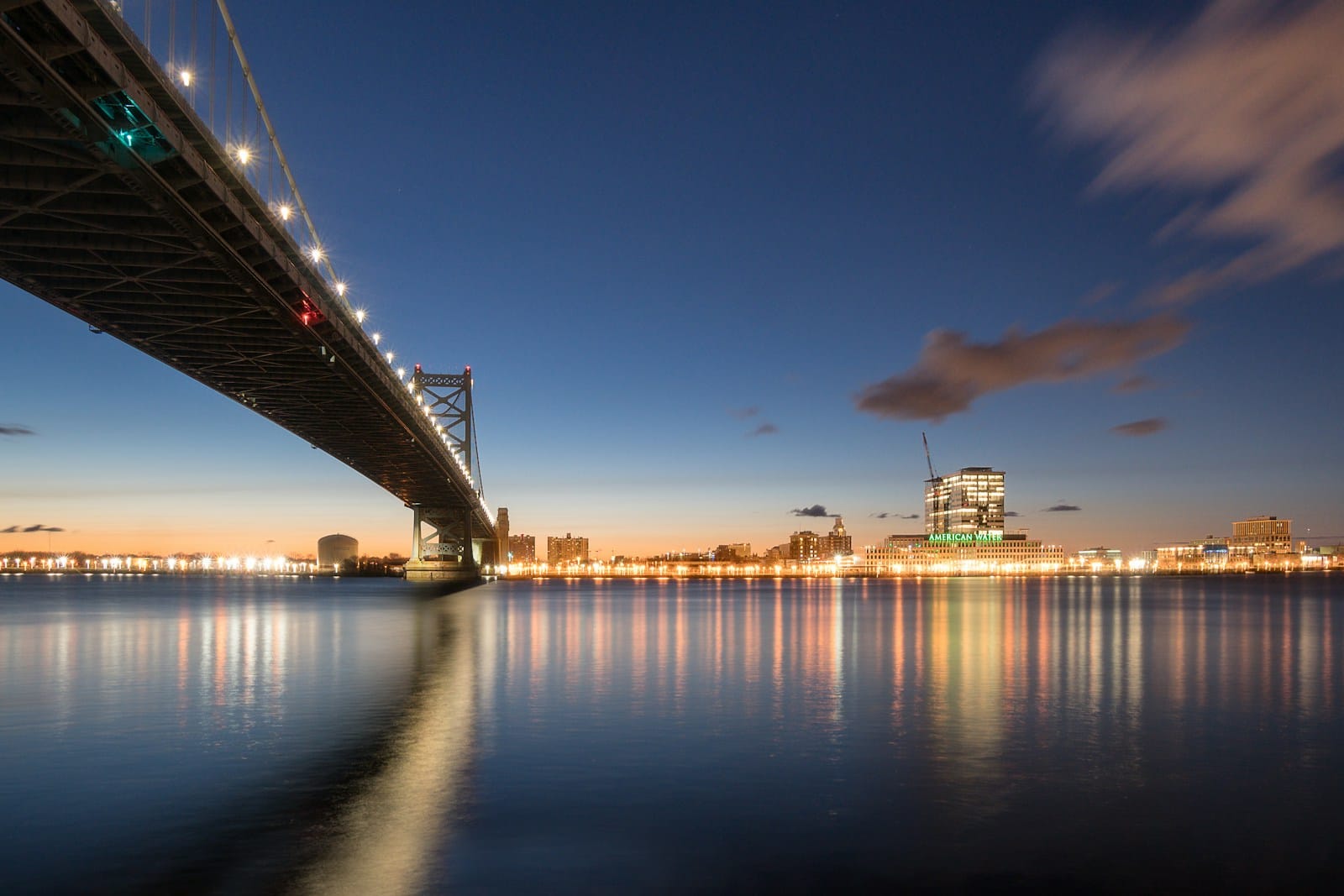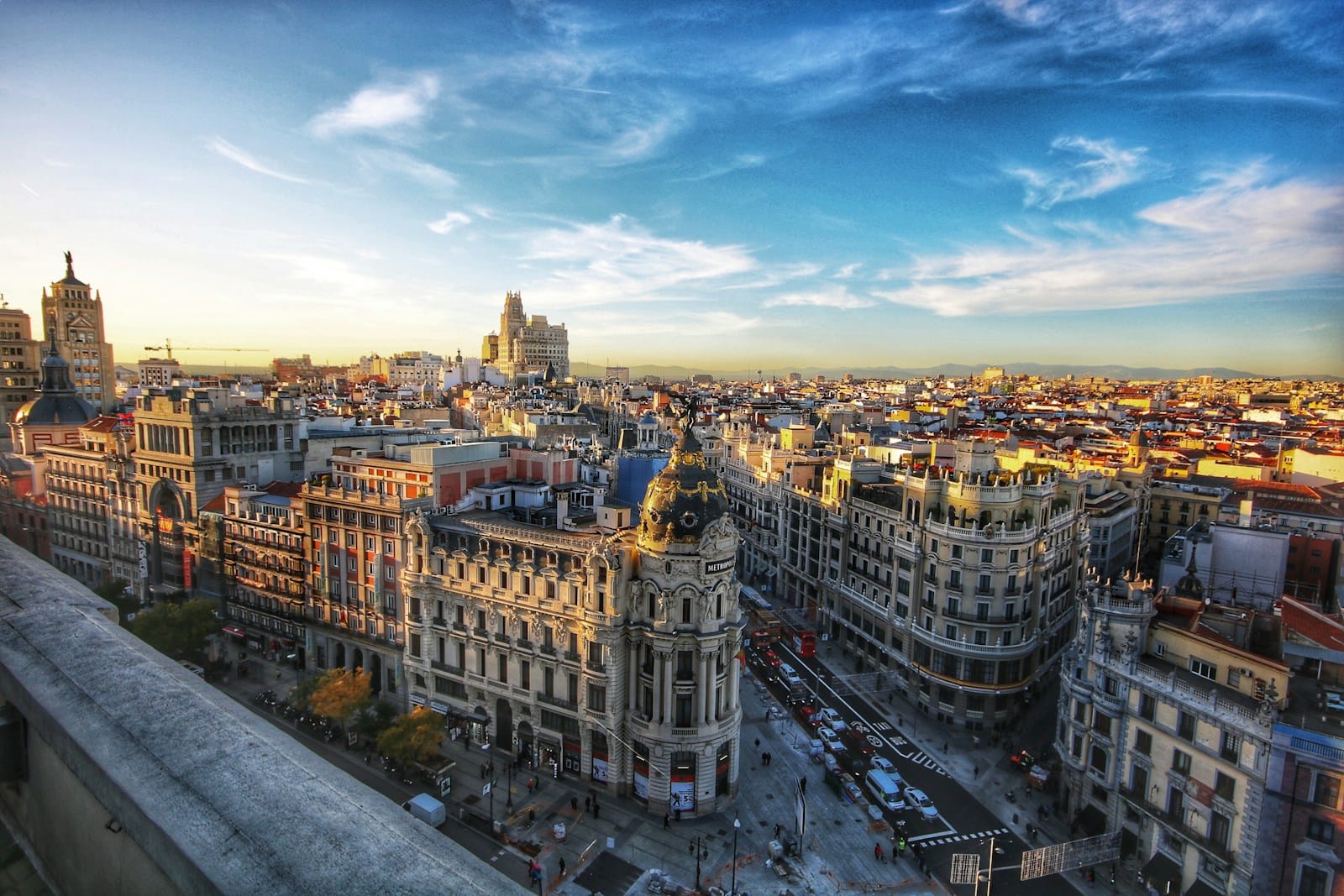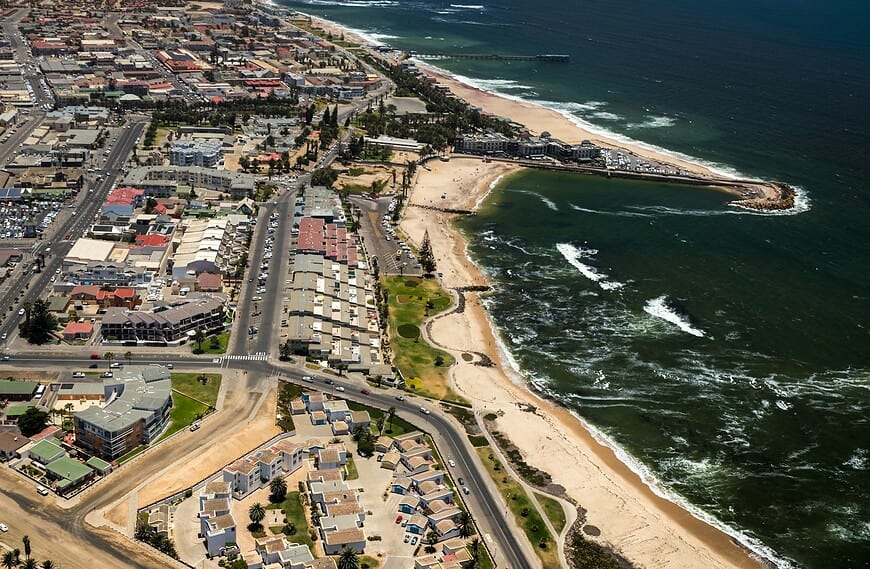Kiribati Travel Guide: Remote Islands & Ocean Traditions
Intro to Kiribati Travel Guide
Straddling the equator and the International Date Line, Kiribati is one of the most remote and unique nations in the Pacific. Spread across 33 atolls and reef islands scattered over three island groups, Kiribati offers striking contrasts: pristine lagoons and beaches, rich Micronesian culture, WWII relics, and the timeless rhythm of traditional fishing and canoe voyaging.
Known as the first country to see the sunrise each day, Kiribati combines solitude and simplicity with cultural resilience. Here, life flows with the tides, and travel is as much about connecting with people as it is about exploring natural beauty.
Start planning your journey with our complete Kiribati Travel Guide — and discover how guided tours can bring its heritage, ocean traditions, and hidden atolls to life.
Where to Go in Kiribati
Banaba | Gilbert Islands | Line Islands | Phoenix Islands
💡Quick Facts:
Destination: Kiribati
Continent: Oceania (Central Pacific)
Country: Republic of Kiribati
Administrative Division: 3 island groups – Gilbert Islands, Phoenix Islands, Line Islands (33 atolls and reef islands, 21 inhabited)
Area: 811 km² (land), spread across 3.5 million km² of ocean
Population: ~125,000
Density: ~154/km²
Capital: South Tarawa (Tarawa Atoll)
Regions/Subregions:
Gilbert Islands: South Tarawa, Betio, Abaiang, Butaritari, Maiana, Tabiteuea
Phoenix Islands: Kanton (only inhabited atoll), Phoenix Islands Protected Area (UNESCO site)
Line Islands: Kiritimati (Christmas Island), Tabuaeran (Fanning), Teraina (Washington)
Official Languages: English, Gilbertese (I-Kiribati)
Currency: Australian Dollar (AUD, $), Kiribati Dollar (pegged, rarely used)
Time Zones: UTC+12 (Gilbert), UTC+13 (Phoenix), UTC+14 (Line Islands – earliest time zone in the world)
Airports: Bonriki International (TRW – Tarawa), Cassidy International (CXI – Kiritimati)
Climate: Tropical; hot and humid year-round, wet season Nov–Apr
Known For: Remote atolls, Kiritimati fishing and birdlife, WWII battle sites, Phoenix Islands marine reserve, first sunrise in the world (Line Islands)
🛂Arrival Info:
Visa-free/visa-on-arrival: 30 days for many nationalities (incl. U.S., EU, UK, Canada, Australia, NZ).
Other nationals require visas in advance.
Passport validity: minimum 6 months.
Visitors must show onward/return ticket.
Official info: Kiribati Immigration
🏥Health Info:
No mandatory vaccines; recommended: Hepatitis A, Typhoid, routine immunizations.
Dengue and Zika outbreaks possible.
Main hospital: Tungaru Central Hospital (Tarawa).
Limited medical care on outer islands.
Serious emergencies require evacuation to Fiji or Australia.
Travel insurance with medical evacuation strongly recommended.
🚑 Check travel insurance options for travel emergencies, delays, and medical needs abroad — Get coverage here
💉 Stay Informed with Official Updates: WHO – International Travel & Health | CDC – Travel health updates
🚨Travel Advisory:
Kiribati is generally safe with very low crime.
Petty theft sometimes reported in South Tarawa.
Cyclone risk: lower than South Pacific, but king tides and flooding frequent.
Transport to outer islands can be irregular and weather dependent.
🌍Track Real-Time Official Updates: US Travel Advisory | UK Foreign Travel Advice | Government of Canada
🥳Holidays:
Independence Day (12 July): Celebrates independence from the UK (1979).
National Culture Day (10 March).
Gospel Day (early July).
Christmas Day (25 December).
New Year’s Day (1 January).
💰Visitor Info:
Currency: Australian Dollar (AUD).
ATMs available in Tarawa and Kiritimati; scarce elsewhere.
Credit cards not widely accepted, cash essential.
Tipping not customary.
Daily budget:
Budget: AUD 50–80
Midrange: AUD 120–200
Luxury: AUD 250+
🛫Airports:
Bonriki International (TRW): Main gateway, flights from Fiji, Nauru, Marshalls.
Cassidy International (CXI – Kiritimati): Flights from Fiji, Hawaii.
Outer islands served by small domestic airstrips (Air Kiribati).
🧳 Delayed or canceled flight? Check if you’re eligible for compensation
🚍Transport:
South Tarawa: minibuses, taxis, limited rental cars.
Domestic flights by Air Kiribati and Coral Sun Airways.
Inter-island ferries operate but are slow and irregular.
Driving: left-hand traffic.
Roads poor outside South Tarawa.
🚗 Book reliable airport transfers and in-city rides in advance. Reserve your ride here
🛰️Connectivity:
SIM/eSIM: ATHKL (Amalgamated Telecom Holdings Kiribati Ltd).
Mobile coverage: decent in South Tarawa, limited in outer islands.
Internet: slow, expensive, limited bandwidth.
Wi-Fi in hotels and government offices.
🛜 Stay connected abroad with affordable eSIM data packs. Get your eSIM here
📜Laws & Etiquette:
Legal drinking age: 21.
Alcohol banned in some outer islands.
Modest dress expected, especially in villages.
Respect maneaba (traditional meeting houses).
Ask permission before taking photos of people or private property.
👮Emergency Info:
Emergency number: 992 (police), 994 (fire), 995 (ambulance).
Tungaru Central Hospital (Tarawa): +686 28100.
Ministry of Tourism: +686 28185.
U.S. Embassy for Kiribati is based in Suva, Fiji.
🏛️ Use embassy locator tools: Embassies Worldwide
🌞Weather:
Average temps: 26–32°C year-round.
Wet season: Nov–Apr (heavy rains, storms).
Dry season: May–Oct (less rainfall, best travel period).
King tides and coastal flooding common in early year months.
🌦️ Stay prepared—check the weather forecast for your destination — Weather Forecast
Kiribati by Region – Where to Go
Kiribati’s islands are divided into three main groups, each distinct in geography and culture.
Gilbert Islands (Central Group)
- Tarawa Atoll – The capital and administrative center, blending government, history, and lagoon life.
- South Tarawa – Bustling hub of villages, markets, and WWII memorials.
- North Tarawa – Quiet, traditional villages offering insight into Kiribati’s heritage.
- Abaiang Atoll – Known for eco-lodges, mangroves, and lagoon tours.
- Butaritari Atoll – Fertile land with WWII history and lush breadfruit groves.
Phoenix Islands (Eastern Group)
- Kanton Island – The only inhabited island in this UNESCO World Heritage marine reserve. Remote, pristine, and visited by researchers and occasional travelers.
- Uninhabited Atolls – Including Rawaki, Birnie, and Orona, known for seabird sanctuaries and coral reefs.
Line Islands (Far East Group)
- Kiritimati (Christmas Island) – The largest atoll in the world, famed for world-class fishing, bird sanctuaries, and lagoon tours.
- Tabuaeran (Fanning Island) – Remote eco-tourism spot with traditional lifestyles and stunning lagoons.
- Teraina (Washington Island) – Unique freshwater wetlands amid coral landscapes.
Top Places to Visit in Kiribati
Cultural Capitals
- South Tarawa – A lively stretch of villages and the political heart of Kiribati.
- Betio (Tarawa) – Historical hub with WWII relics, shipwrecks, and a busy port.
Nature Escapes
- Abaiang Atoll – Eco-friendly stays, lagoon canoeing, and mangrove walks.
- Kiritimati Atoll – A paradise for anglers, birders, and adventure travelers.
Historic Sites
- Betio WWII Memorials – Relics of the Battle of Tarawa, one of the Pacific’s fiercest campaigns.
- Butaritari Atoll – Known for wartime history and Japanese bunkers.
Island Beaches
- North Tarawa villages – Lagoon-side shores with peaceful ambiance.
- Fanning Island beaches – Remote sands perfect for cultural immersion.
Guided Kiribati tours bring these places to life — from WWII history walks in Betio to fly-fishing expeditions on Kiritimati. Each journey showcases things to do in Kiribati that combine history, nature, and culture.
How to Choose Where to Go in Kiribati
- Short visits: Stay in Tarawa, explore South and North Tarawa, and take a day trip to Abaiang.
- Cultural travelers: Visit outer atolls like Butaritari or Abaiang for authentic traditions.
- Adventure seekers: Head to Kiritimati for fishing, diving, and birding.
- Explorers: For rare travel, the Phoenix Islands offer remote wilderness.
Pairing Tarawa with Kiritimati balances culture and adventure in one itinerary.
How to Get Around Kiribati
- International Flights: Arrive via Fiji Airways (Nadi–Tarawa) or Air Kiribati (Honolulu–Kiritimati).
- Domestic Flights: Air Kiribati and Coral Sun Airways link atolls, though schedules are limited.
- Boats: Cargo ships take passengers but can be slow and weather-dependent.
- On Tarawa: Shared minibuses (“bongo buses”) are cheap and social. Taxis are also available.
- On Outer Atolls: Walking, cycling, or canoes are the main modes of getting around villages.
Travel Budget and Costs in Kiribati
- Budget: $60–$90/day — guesthouses, shared buses, local meals.
- Mid-range: $100–$180/day — small hotels, organized lagoon tours, car hire in Tarawa.
- Luxury: $200+/day — eco-lodges, guided fishing trips, and fly-in outer island tours.
Sample Costs:
- Local meal: $5–$10
- Taxi ride (Tarawa): $3–$7
- Lagoon trip: $40–$60
- Fishing charter (Kiritimati): $300+/day
- Domestic flight: $100–$200
To reduce travel cost in Kiribati, stay longer in one atoll and use homestays or guesthouses instead of hotels.
Best Time to Visit Kiribati
- Dry Season (Apr–Oct) – Cooler, less humid, and best for fishing and outdoor tours.
- Wet Season (Nov–Mar) – Hot, humid, with risk of cyclones but lush scenery.
- Best Fishing Season (Oct–Feb) – Especially in Kiritimati for bonefish and giant trevally.
The best time to visit Kiribati is April–October for comfortable weather and cultural events.
Festivals and Cultural Events in Kiribati
- Independence Day (July 12, Tarawa) – Parades, dances, and canoe races.
- Maneba (July) – Traditional celebrations marking independence with community feasts.
- Te Runga (Dec, Kiritimati) – A Christmas festival blending Catholic and local traditions.
- Kiribati National Games (varies) – Sports and cultural showcases across the islands.
- Local Maneaba Gatherings – Village councils host feasts, dances, and storytelling.
Festivals highlight Kiribati’s community spirit and unique cultural resilience.
Must-See Experiences in Kiribati
- Tour Betio WWII sites – Explore relics from the Battle of Tarawa.
- Sail a traditional canoe – Learn navigation techniques in North Tarawa.
- Snorkel Abaiang Lagoon – Clear waters with reef fish and mangroves.
- Fish in Kiritimati – World-renowned fly-fishing for bonefish.
- Birdwatch Tabuaeran – Seabird colonies in pristine habitats.
- Relax at North Tarawa homestays – Experience authentic village life.
- Visit a Maneaba – Participate in communal feasts and song.
- Dive Butaritari Atoll – Remote reefs and WWII wrecks.
Adventure and Water Activities in Kiribati
- Fishing in Kiritimati – Bonefish, tuna, and trevally lure anglers worldwide.
- Diving Butaritari – WWII wrecks and untouched reefs.
- Snorkeling Abaiang – Calm lagoons with vibrant corals.
- Kayaking North Tarawa – Paddle between traditional villages.
- Surfing Kiritimati – Remote breaks with minimal crowds.
- Eco-walks in Tabuaeran – Bird sanctuaries and coconut groves.
National Parks and Outdoor Adventures in Kiribati
- Phoenix Islands Protected Area (PIPA) – UNESCO World Heritage site, one of the largest marine reserves in the world.
- Abaiang Mangroves – Important for coastal protection and eco-tours.
- Kiritimati Bird Sanctuaries – Hosting millions of seabirds.
- Butaritari Lagoon – Diving, fishing, and breadfruit forests.
Eco-tours emphasize reef conservation and traditional sustainable practices like canoe voyaging.
History and Heritage of Kiribati
- Ancient era: Settled by Micronesian seafarers over 3,000 years ago, known for navigation using stick charts.
- European contact: Named “Gilbert Islands” after British explorers in the 18th century.
- Colonial period: British protectorate until independence in 1979.
- World War II: Fierce battles in Tarawa and Butaritari; remnants still visible today.
- Post-independence: Resilience in face of climate challenges, cultural revival of canoe building, and maneaba traditions.
Kiribati’s heritage lives on in language, communal governance, and traditional crafts like pandanus weaving.
Best Travel Itineraries in Kiribati
3-Day Tarawa Highlights
Day 1: Explore Betio WWII sites and Alele Museum.
Day 2: Lagoon trip to North Tarawa villages with canoe experience.
Day 3: Picnic at Abaiang Lagoon with snorkeling.
5-Day Cultural & Nature Mix
Day 1–2: South & North Tarawa cultural tours.
Day 3: Abaiang eco-lodge stay and mangrove walks.
Day 4: Butaritari WWII history + diving.
Day 5: Village maneaba feast and local storytelling.
7-Day Fishing & Heritage
Days 1–2: Tarawa cultural and historical sites.
Days 3–5: Kiritimati fishing charters and birding tours.
Days 6–7: Abaiang lagoon kayaking + cultural immersion.
10-Day Grand Circuit
- Tarawa WWII and cultural sites.
- Abaiang eco-tourism experiences.
- Kiritimati fly-fishing and birdwatching.
- Butaritari heritage sites and breadfruit groves.
- Tabuaeran village immersion.
Unique Stays and Accommodation Styles in Kiribati
- Eco-lodges (Abaiang) – Focused on sustainability and community-led tourism.
- Guesthouses (Tarawa & Butaritari) – Budget stays run by local families.
- Fishing lodges (Kiritimati) – Catering to anglers, often package-based.
- Village homestays – Cultural immersion with meals, dances, and storytelling.
Local Cuisine and Culinary Experiences
- Babai (giant taro) – A root crop baked in earth ovens.
- Te bwabwai pits – Traditional cooking of swamp taro.
- Ikan (fish dishes) – Grilled, raw, or preserved with coconut.
- Breadfruit & pandanus – Staple fruits eaten fresh or preserved.
- Coconut crab – Rare delicacy on some islands.
- Toddy – Sweet sap from coconut trees, drunk fresh or fermented.
Food tours and maneaba feasts highlight Kiribati’s ocean-to-table tradition.
Travel Safety and Cultural Etiquette in Kiribati
- General safety: Low crime, but petty theft possible in Tarawa.
- Weather: Cyclone risk Nov–Mar; monitor forecasts.
- Health: Bring mosquito repellent, water purification tablets, and sunscreen.
- Etiquette: Remove shoes before entering maneaba, ask before photos, dress modestly.
- Community respect: Participation in local feasts is encouraged — bring small gifts if staying with families.
Practical Travel Tips for Kiribati
- Currency: Australian dollar (AUD).
- Connectivity: Limited internet outside Tarawa; buy local SIMs.
- Power: 240V, plugs type I (same as Australia).
- Transport: Domestic flights prone to delays — plan buffer days.
- Cash: Essential for outer islands, as ATMs exist only in Tarawa.
- Packing: Lightweight clothes, reef shoes, mosquito netting, and snorkel gear.
Where to Go Next – Pair Kiribati with These Destinations
- Fiji Travel Guide – Closest hub with strong cultural ties.
- Marshall Islands Travel Guide – Micronesian neighbor for wreck dives and history.
- Hawaii Travel Guide – Flight link through Honolulu.
- Tuvalu Travel Guide – Remote Polynesian experience with shared challenges.
Fiji Travel Guide | Marshall Islands Travel Guide | Hawaii Travel Guide | Tuvalu Travel Guide
Final Planning Checklist for Kiribati
- Book international flights early — limited routes.
- Confirm Air Kiribati domestic flights well ahead.
- Carry Australian dollars in cash for outer islands.
- Arrange homestays or eco-lodges in advance.
- Download offline maps and guides.
- Pack reef-safe sunscreen, mosquito repellent, and snorkel gear.
- Respect maneaba customs — modest dress and community etiquette.
- Prepare for slow travel and limited infrastructure.
Discover Kiribati with open curiosity — where traditional navigation, remote atolls, and warm communities create a journey unlike any other in the Pacific. Explore more travel ideas on our site and continue planning your adventures.

